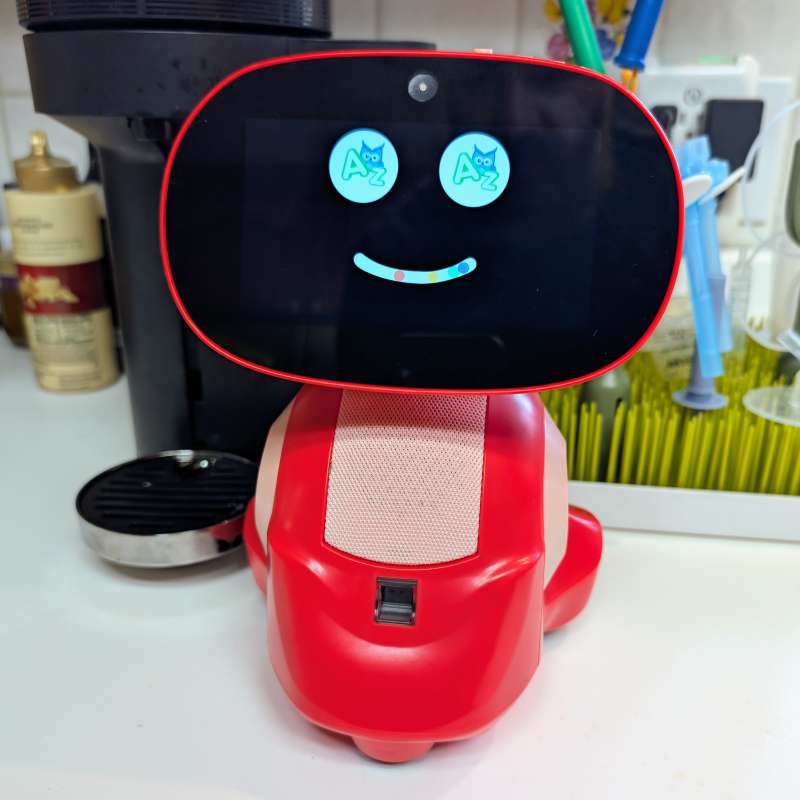
REVIEW – I grew up hearing the Benjamin Franklin saying “…in this world nothing can be said to be certain, except death and taxes.”. I would propose an updated version for our modern era: “…except death, taxes, and using ‘AI’ in every tech product imaginable”. Here at the Gadgeteer, we’re a “No-AI in our reviews” organization, but if you’ve used ChatGPT or something similar in the past few years you know how helpful it can be for certain scenarios. I was curious to see how Miko incorporated AI into a “robot” designed to be used by children for entertainment and education, so I volunteered to test it out.
⬇︎ Jump to summary (pros/cons)
Price: $299 ($249 sale at time of review), plus optional Max subscription $180/yr or $14.99/mo (on sale for $99/year at time of review)
Where to buy: Miko and Amazon
What is it?
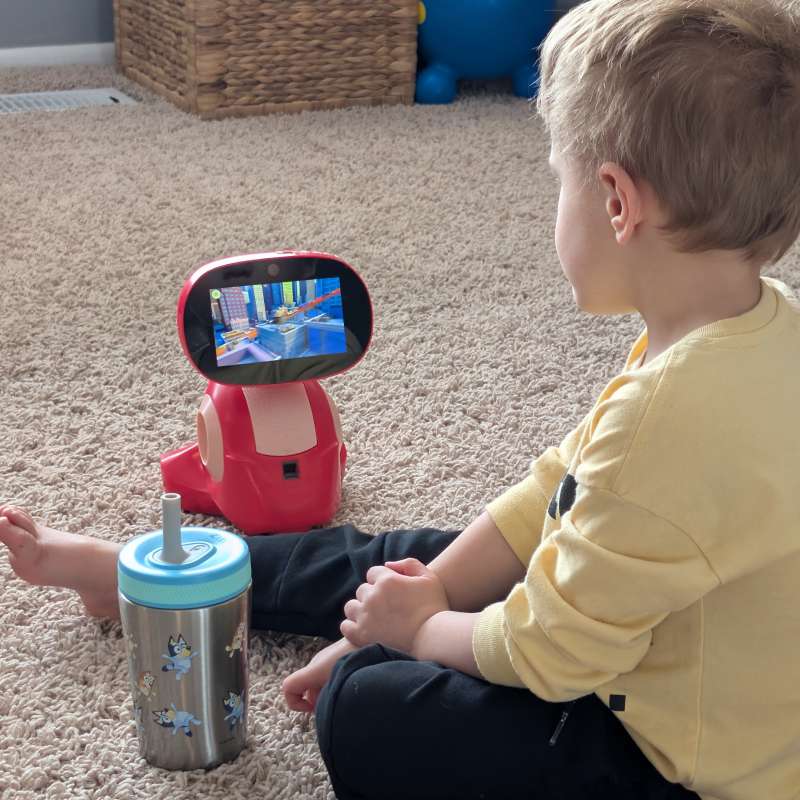
The Miko 3: The AI-Powered Learning Robot is basically a 6-inch tablet built into a plastic “robot” body. Sensors, microphones, and the camera enable Miko to interact with your kid(s) with chat-bot-like functionality. Wheels allow Miko to scoot around on flat surfaces, and an optional “Max” subscription adds a large library of nice content for the kiddos to consume.
What’s included?
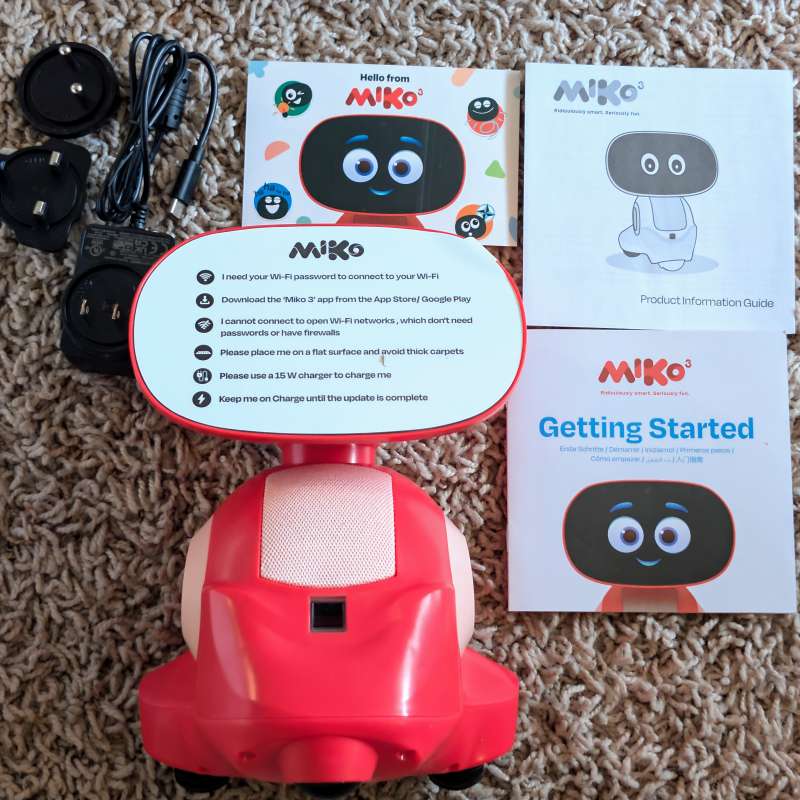
- Miko 3: The AI-Powered Learning Robot
- AC wall charging cable (USB-C)
- Additional EU/UK AC plugs
- Quick start guide
- Information guide/manual
Tech specs
The tech specs were hard to determine from Miko’s website, but I tried to gather as many as I could:
Display: “High Resolution IPS Display” (720P capacitive touchscreen)
Size: 6.3 L X 5.5 W X 8.67 H inches
Weight: 2 lbs
Camera: Wide-angle HD Camera (720P)
Speakers: “High Performance Speakers”
Body material: ABS
Sensors: Dual MEMS Microphones, Time of Flight range sensor, Odometric sensors
Design and features
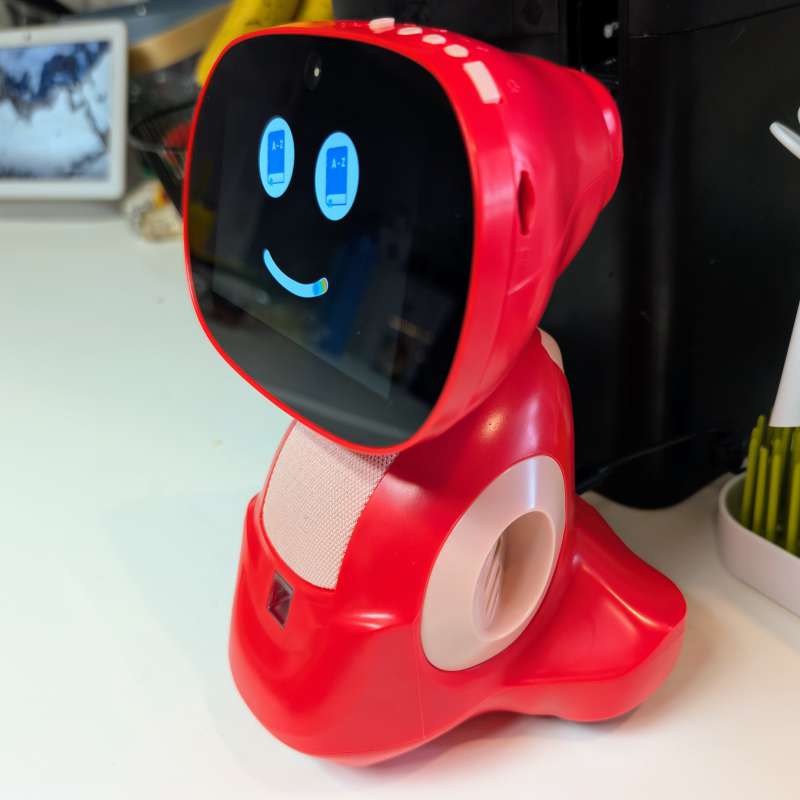
The Miko 3: The AI-Powered Learning Robot is just under 9 inches tall and sports a small screen for its “face”, buttons above, and a micro-SD card slot on the side.
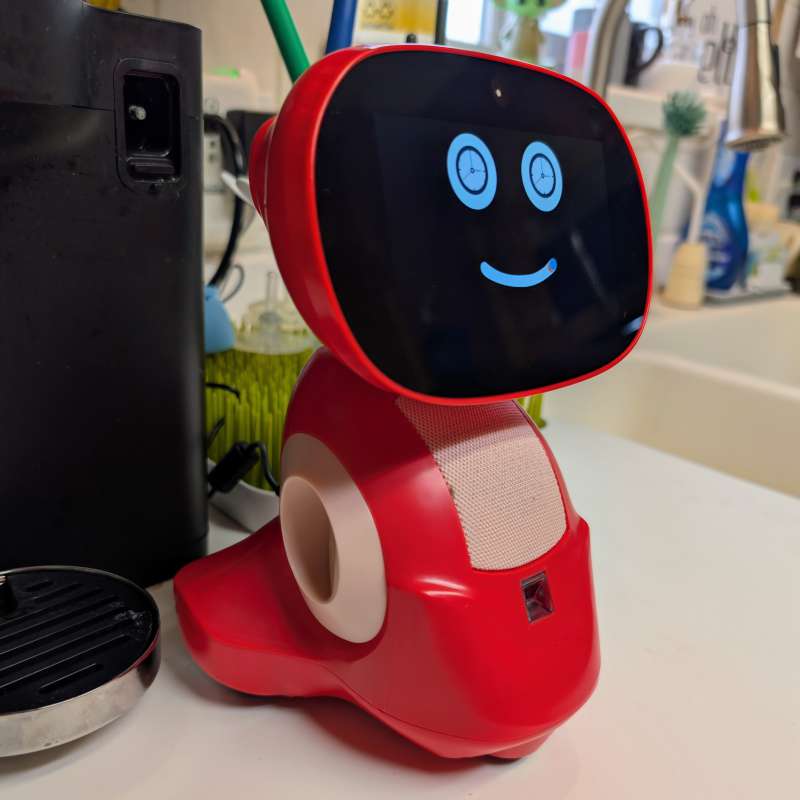
On its chest area appears to be a speaker grille, with a small time-of-flight range sensor right under that. Round ports on each side also seem to be designed for sound output. Miko’s website indicates that there are high quality speakers, but if there are two speakers they’re too close to hear any stereo separation when watching videos. The sound is fine, but nothing too exciting though they can get pretty loud. Parental controls do allow you limit the max volume, which I quickly did.
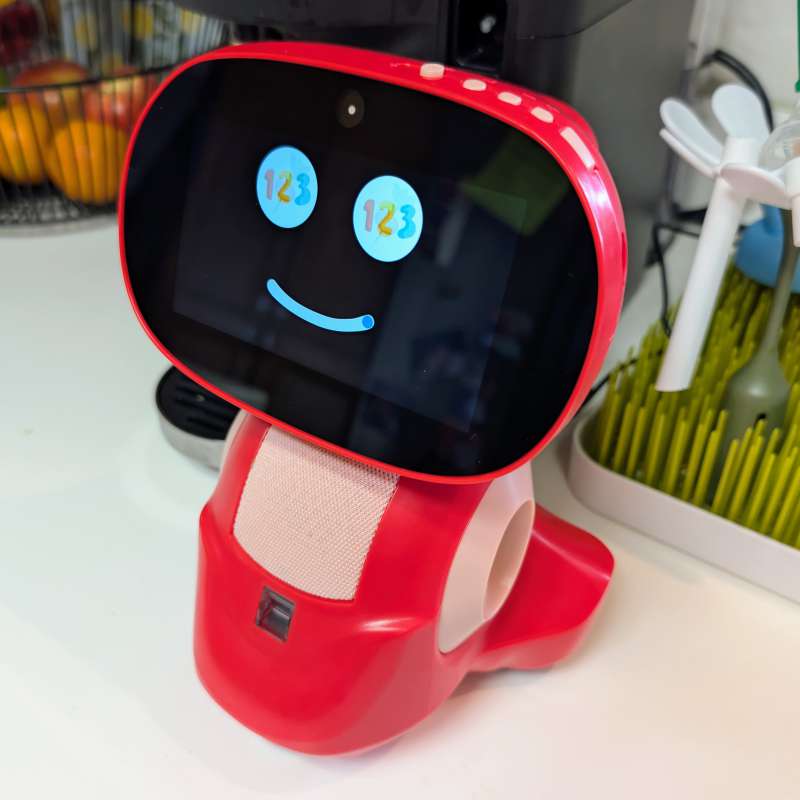
Miko’s marketing highlights the educational and entertainment capabilities of the Miko 3: The AI-Powered Learning Robot, including “STEAM-focused learning”, by which I hope they mean “STEM-focused”. Without the additional Max content subscription, the robot includes a Spell Bee app for learning plus limited access to “Learning buddy”, “Story coach”, and “Lingo Kids”. The limitations for most “limited access” apps seemed to be to allow access to just one module or story per section, which is going to get old very fast for kids. If you’re looking for learning and language development, the Max subscription is going to be needed here.
In the Entertainment section, non-Max options include an Interactive Dance Master game, limited Disney and Paramount stories, and limited Mattel shows. Max adds full access to iHeart Music, Disney and Paramount stories, DaVinci games and shows, and Mattel shows.
Finally, parental controls are also limited for non-Max users. Being able to lock individual apps is included for both, limited access is included for Progress Reports and Parental Controls (like time controls), and controls for Lingo kids are not available for non-Max users.
One nice thing that Miko does with the Max subscription is to allow access to most of it through the mobile app, so you can let your kid watch and play the stuff you’ve paid for on a tablet or phone in addition to the robot.
Assembly, Installation, Setup
You’ll want to charge and setup the Miko 3: The AI-Powered Learning Robot away from your kids before they see it, otherwise they’re going to be impatiently waiting for system updates and parental setup before they can start using the robot. This process took at least 30 minutes for me. A companion app (available for iOS and Android) is required and was easy to use.
Performance
Our little one is around 3 years old, a little younger than the recommended age, so I spent some hours interacting with Miko myself in addition to letting our little guy play with it. Even though our boy is speaking fairly well for his age, Miko had a hard time registering any of his speech at all. I would worry that any kid without clear diction (or with any speech impediments) is going to struggle with talking to Miko.
The actual use of the robot seems to be split into two types: chatbot-powered apps focused around speech interactions with Miko, and tablet-based entertainment that is really no different than a kid playing with similar (or in some cases identical) apps on an iPad or Kindle Fire. The interactive chatbot stuff feels like it’s at least a generation behind other chatbots I’ve used (like Google Gemini and ChatGPT). Reaction time is even slower than Google Home or Alexa devices, which was hard even for me as an adult to smoothly interact with. Many questions and requests default to a “I’m not sure what you’re saying” or “you should ask your parent that question” type response. Very basic questions like “how are you” will get some kind of response, but for an AI chatbot I was pretty disappointed with the results (and it was unusable for our 3 year old).
The second type of interaction with the Miko 3: The AI-Powered Learning Robot is simply using it like a tablet. Most of basic apps and (nearly?) all of the Max content seems to be this type, which renders the robot functionality of Miko pointless. Our little guy loved the Disney and “Vooks” stories, but these are exactly the kinds of things he also loves on his usual Android tablet.
There are some fitness/movement promoting apps, like guided yoga and a “Freeze Dance” game (near the end of the video above). I would have liked to see more of this, as it would add more value to the product for me than just handing the kid a tablet. I wasn’t able to get our boy to play any of them (he’s not interested in this kind of stuff yet), but I could see it being fun in the future for him.
There is some gamification and progress reports available, which could motivate some kids. The “unlocks” they earn with their “gems” are just pictures and emojis that Miko can show to them, so I’m not sure how motivating this would be over time.
I did like the ability to video chat from Miko to another device (like a phone or tablet with the Miko app installed). The child can initiate this, or it can be invoked by the parent, and works like any video chat service. For a family with one or two parents travelling often, this could be a nice additional way to connect parents and kids.
There were multiple times that our boy finished watching a video or playing a game in the Lingo Kids app, and the Miko face appeared over the entire screen and said “if you loved that video, I think you’ll also love this one” but then just stayed on screen as a face without showing an option to get to whatever video they were trying to suggest. We had to tap the top-left X button to dismiss Miko and return to the Lingo Kids app, which was then still on the end-of-video screen and we had to then exit back to the main Lingo Kids screen there as well. I like the idea of Miko intelligently monitoring and suggesting things based on what the kid is enjoying or not, but as it worked during the test period it was broken to the point of just being a nuisance.
The most AI-apparent part of the whole experience for me is a Story Coach app that interacts with your child to generate a story book from scratch (using AI for both the text and the images on each page). Imaginative and talkative kids can get pretty freeform here, but Miko also suggests some starting ideas and plot development that weren’t too off-the-rails. The end result was a functional kids story with characters and plot that he’d chosen himself from multiple choice prompts. You get a copy of this generated story in the parent app as well, so that could be a lot of fun for some kids. Again, this is a limited feature for non-Max users.
Final thoughts
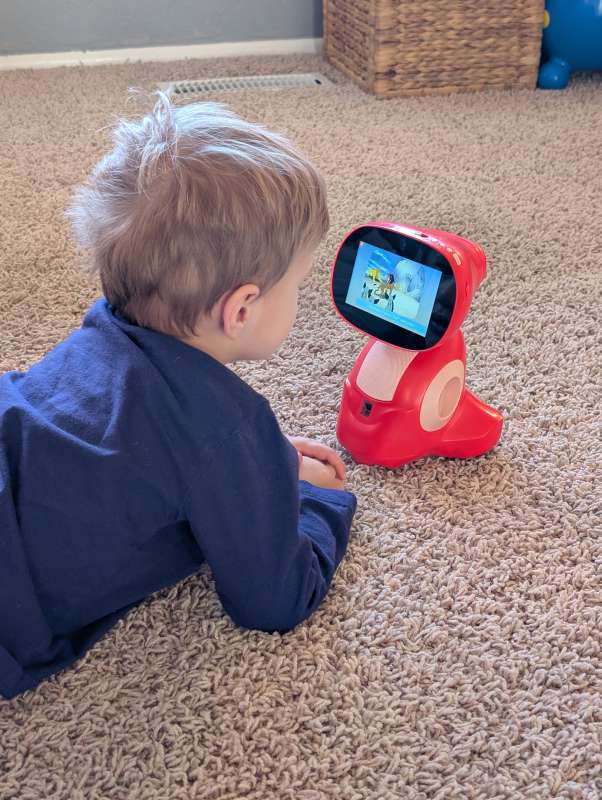
I would have a hard time recommending the Miko 3: The AI-Powered Learning Robot to most families without the Max subscription, it’s pretty limited without it. But by adding on that subscription, you’re looking at a significant investment that may be better served by dedicated entertainment or educational app subscriptions through a traditional tablet. I think the AI-powered chatbot functions simply aren’t compelling enough for kids to buy into the illusion that this is an actual intelligent robot that they can befriend (I think most will just treat it like our boy does: as a tablet that happens to be in what looks somewhat like a robot body).
What I like about Miko 3: The AI-Powered Learning Robot
- Good quality entertainment and learning content with the Max subscription
- Some of the games and interactive apps got genuine laughs and extended use
- Seems to be sturdy and has already survived several 2-foot falls off a table with no damage
What needs to be improved?
- Without the pricey Max subscription, it’s a pretty limited content list
- The pricey Max subscription just adds tablet-style content, making the “robot” mostly just an overpriced tablet in a robot body
- The conversational AI is too slow for kids, can’t answer many questions, and is poor at understanding anything but clear speech (any speech delays on your child’s part could result in a non-functioning “AI robot” for your kid)
- Battery drains fast when idle, it was often dead the next day after being turned off at ~50% battery the day before. You’ll want to store this on the charger when not in use.
Price: $299 ($249 sale at time of review) plus optional Max subscription $180/yr or $14.99/mo (on sale for $99/year at time of review)
Where to buy: Miko or Amazon
Source: The sample of this product was provided for free by Miko. Miko did not have a final say on the review and did not preview the review before it was published.
Check out these other reviews!
- Your kids can become instant artists with the Flycatcher Toys smART Sketcher drawing projector!
- Whubefy Inflatable Bounce House Water Slide review – everything a kid could want in a bounce house and slide combo inflatable toy



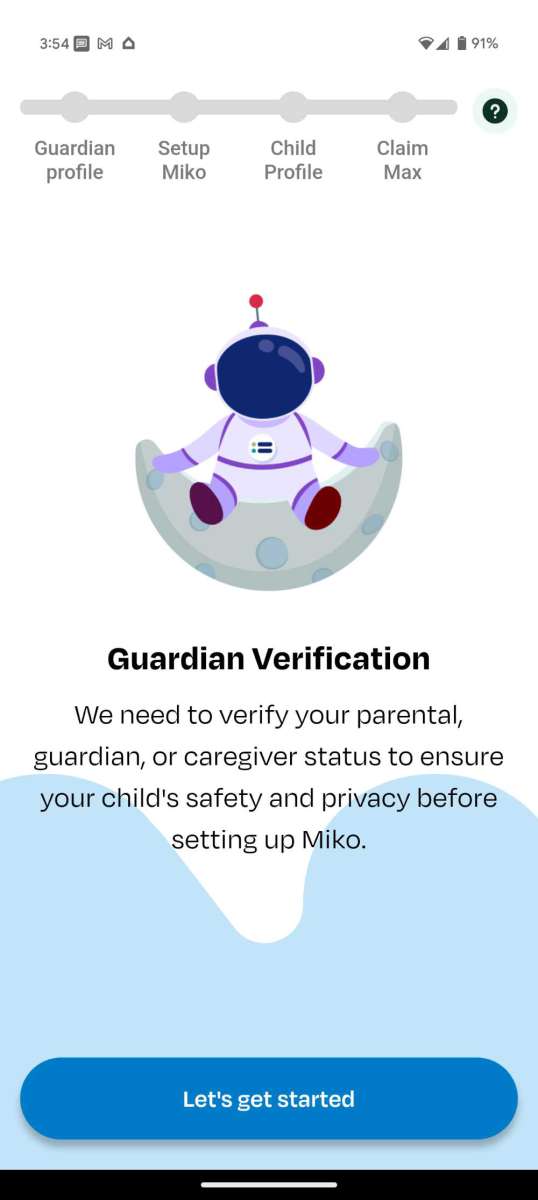
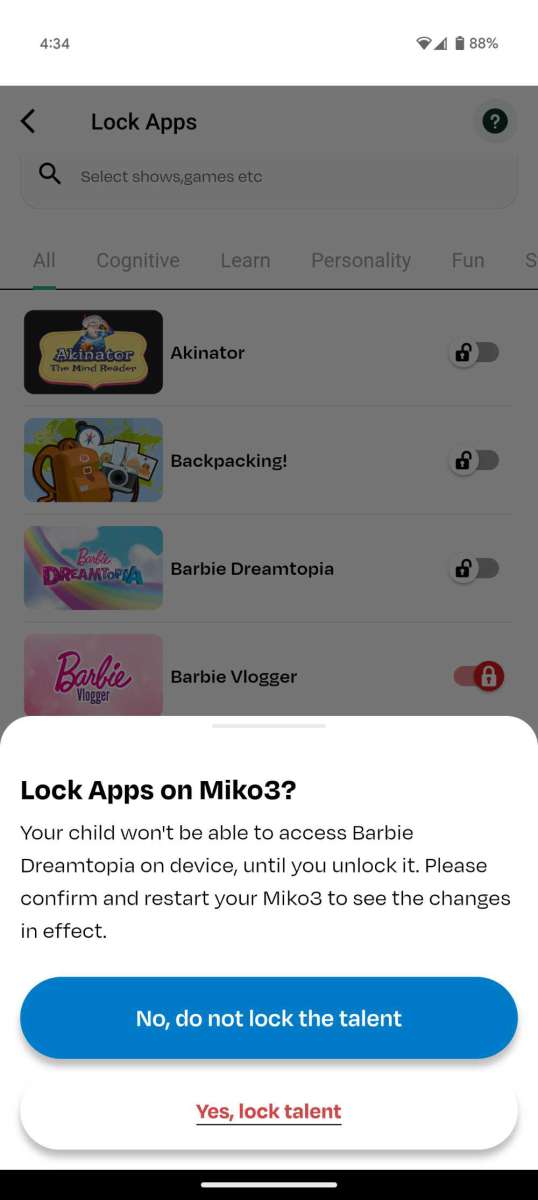
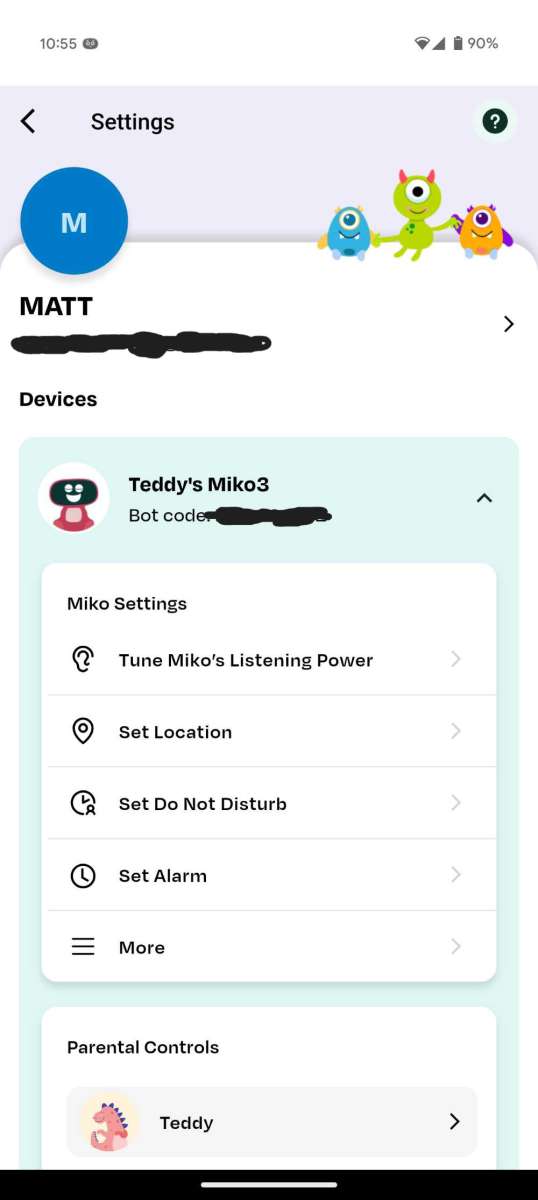
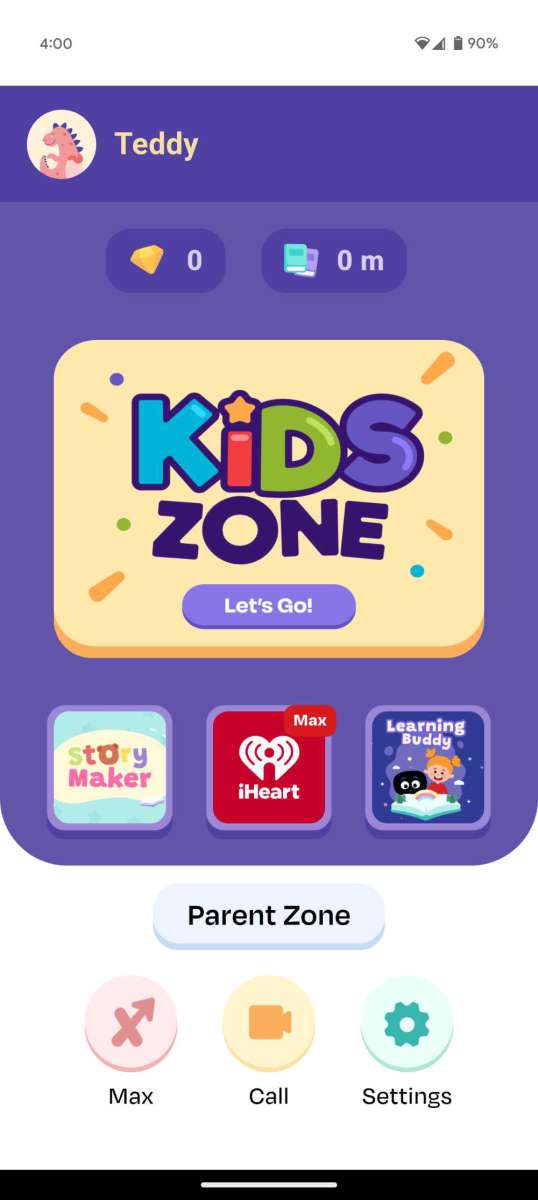


Gadgeteer Comment Policy - Please read before commenting
Another screen for kids to watch and another subscription for parents to pay for.